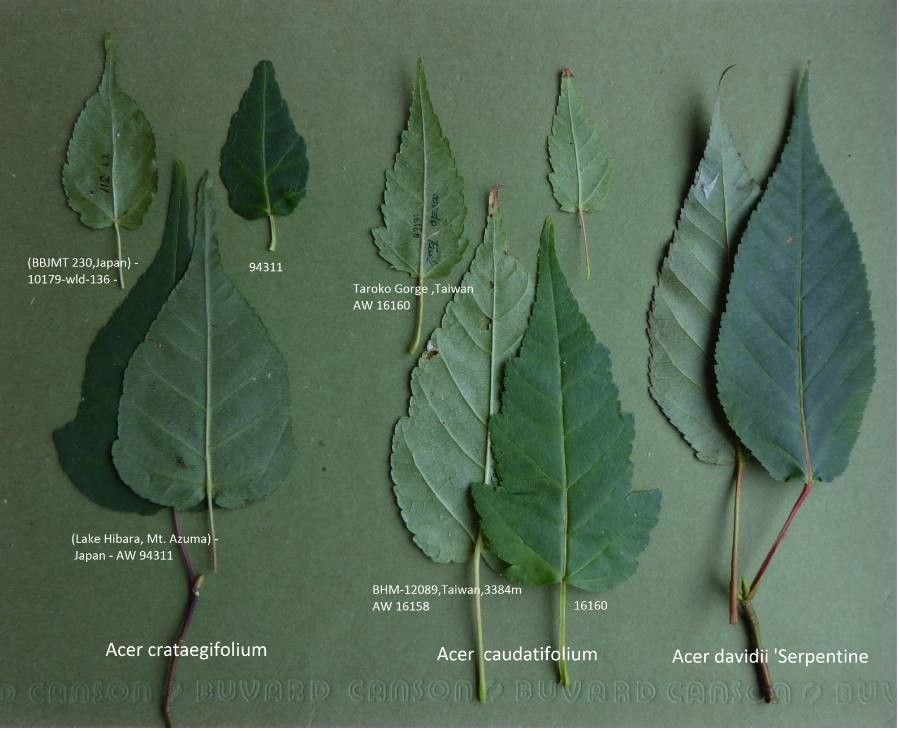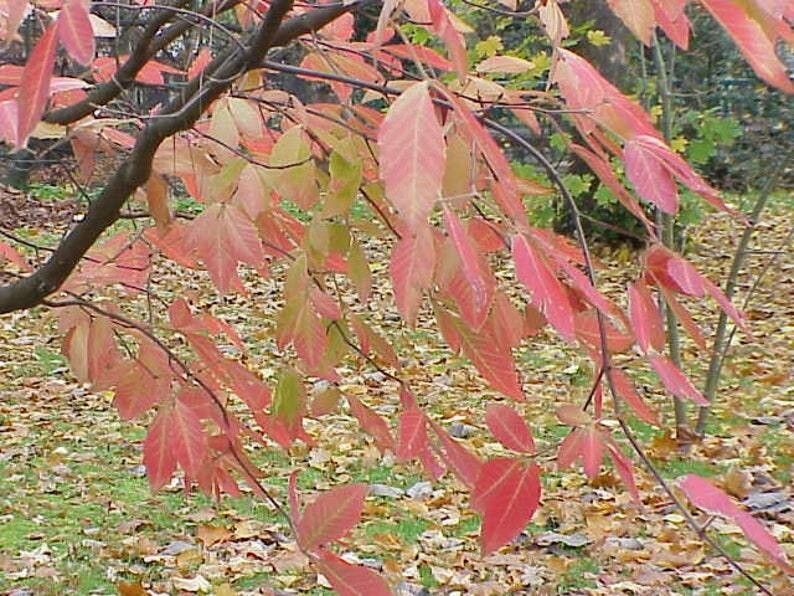How to Propagate Acer nipponicum
The whisper of possibility hung in the air as the tiny cutting, a sliver of fiery autumn promise, was nestled into its humid haven. Days bled into weeks, a tense vigil against fungal foes and the insidious threat of desiccation. Each tentative sprout, a fragile victory against the odds, felt like a personal triumph. The scent of damp earth and the gentle warmth of the propagation mat became a balm to the anxious heart. Finally, the reward: a tiny root, a tenacious thread spun from patience and persistence, anchoring a future ablaze with the crimson glory of Acer nipponicum, the Japanese Maple.






